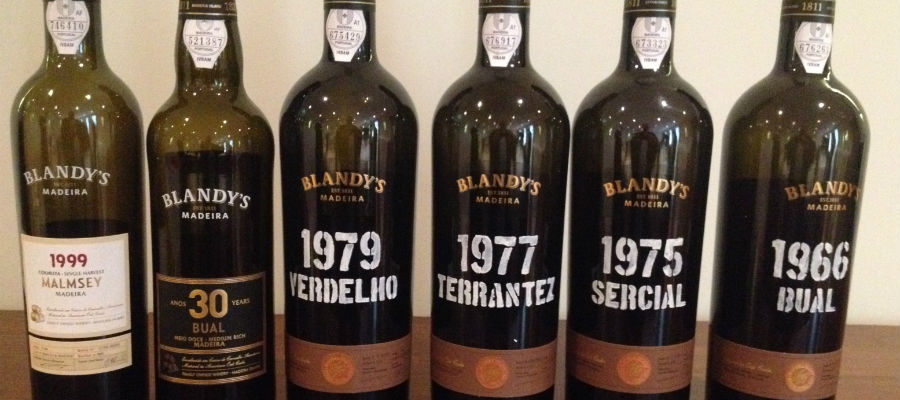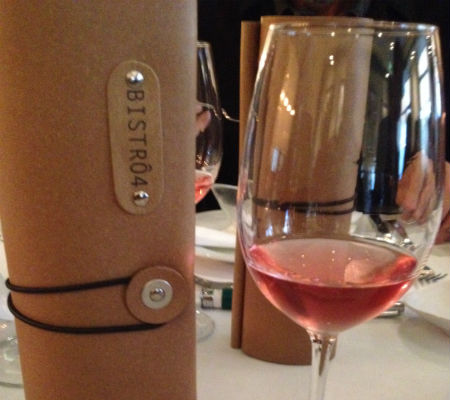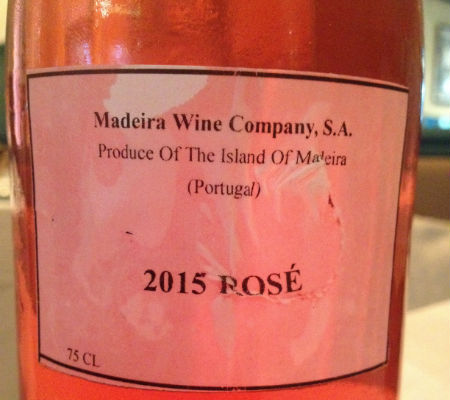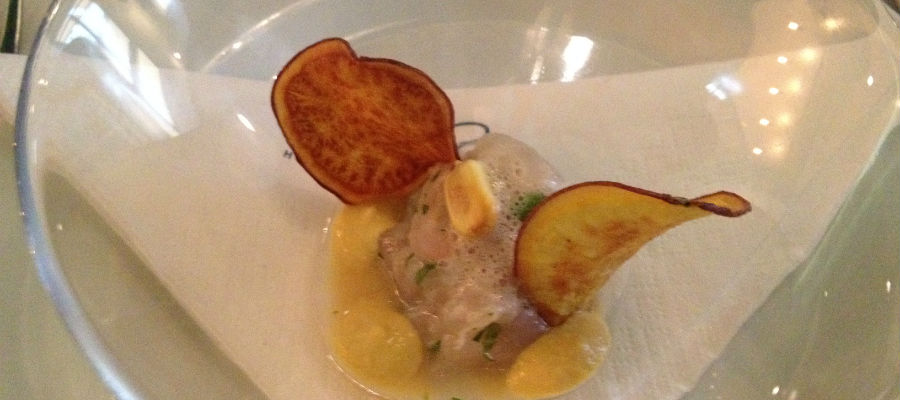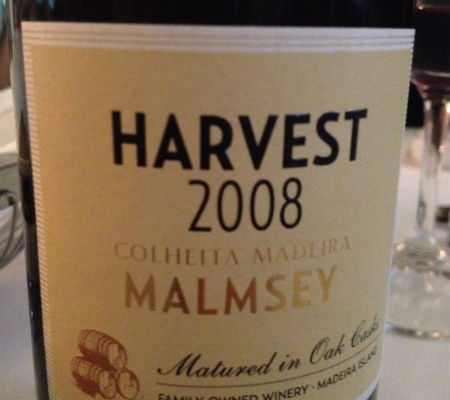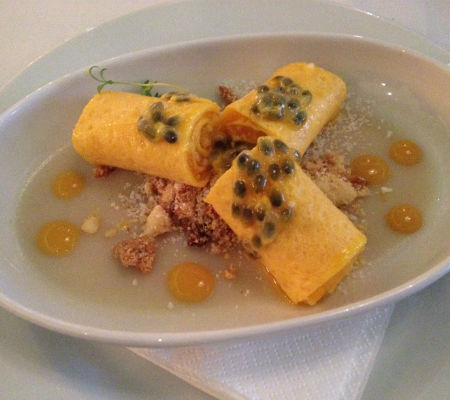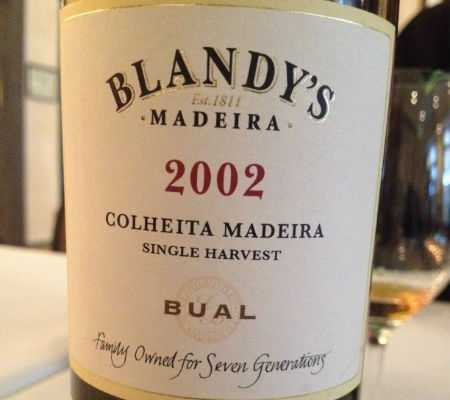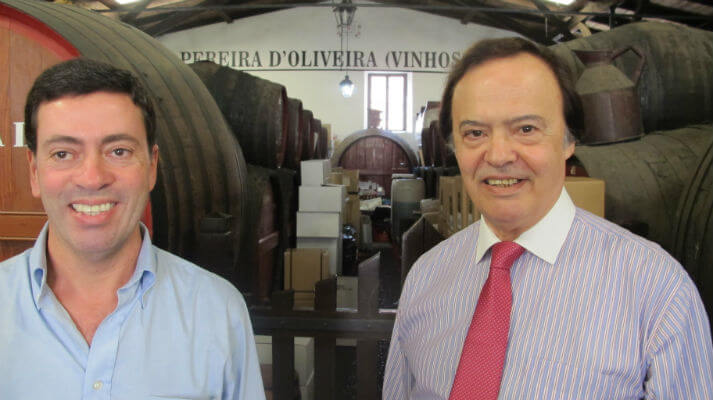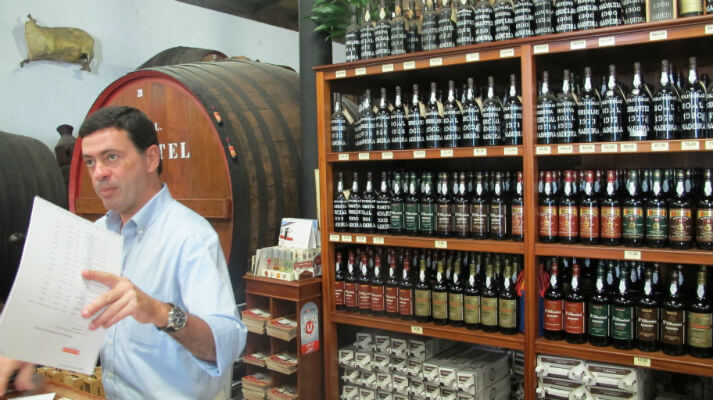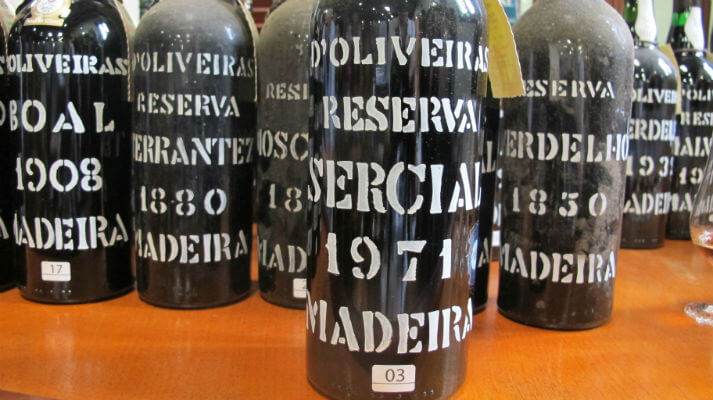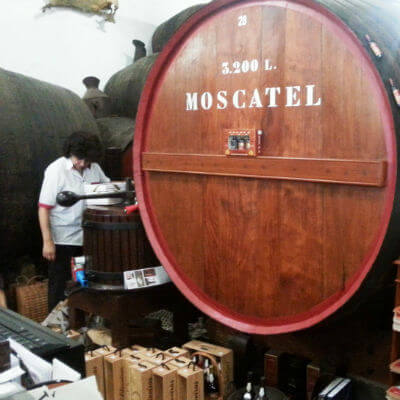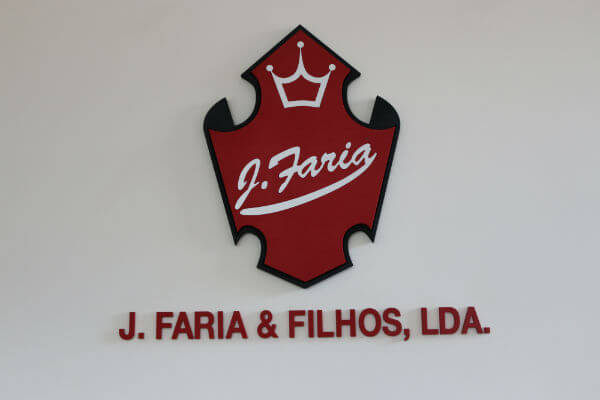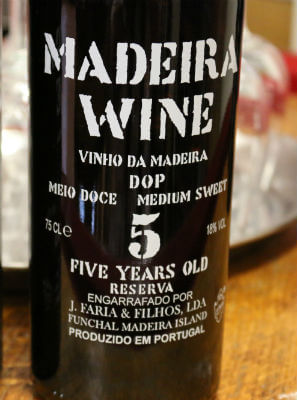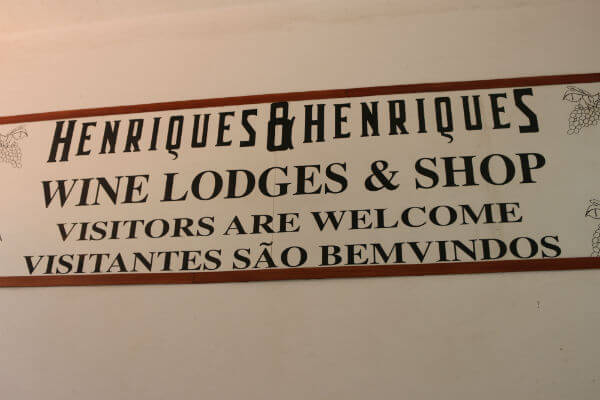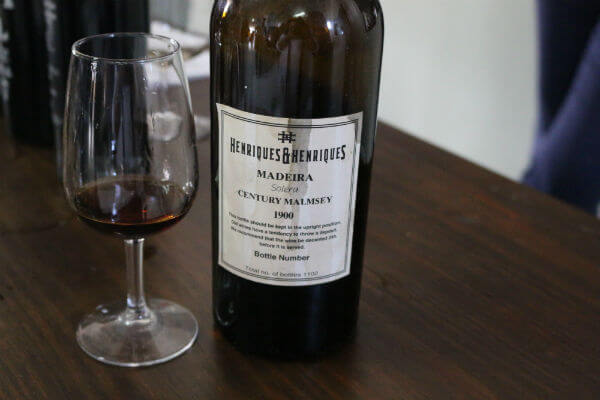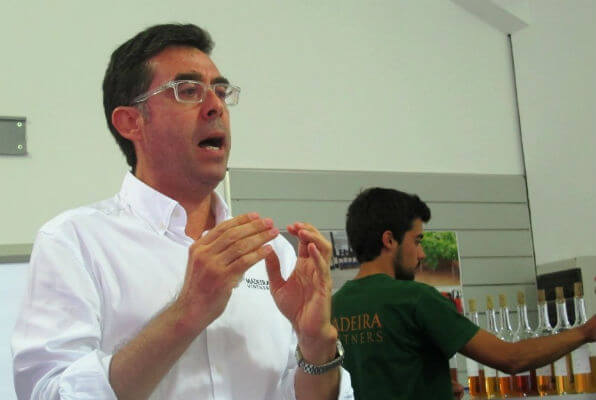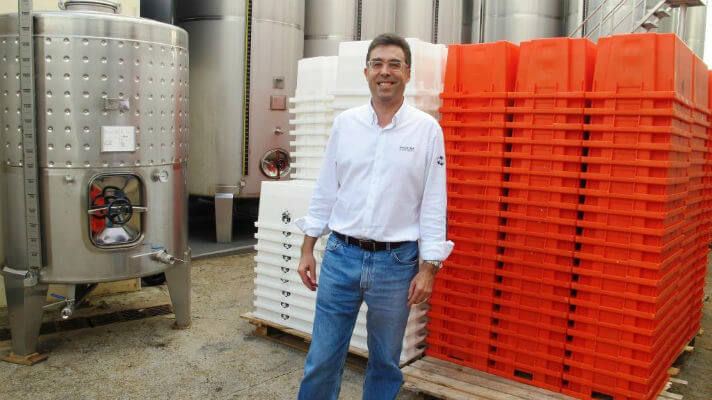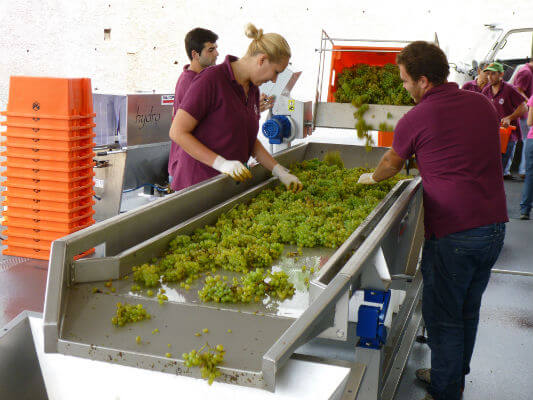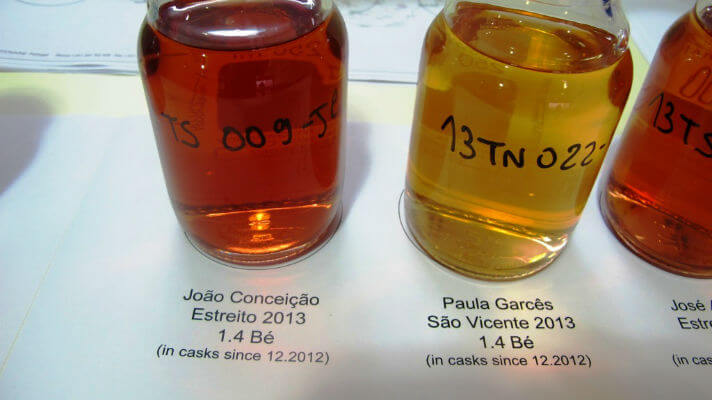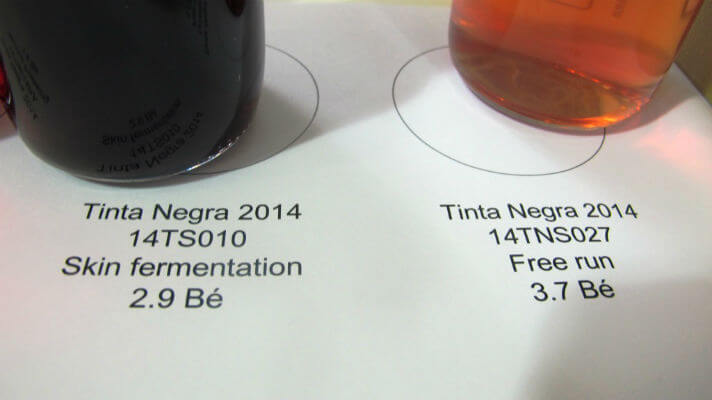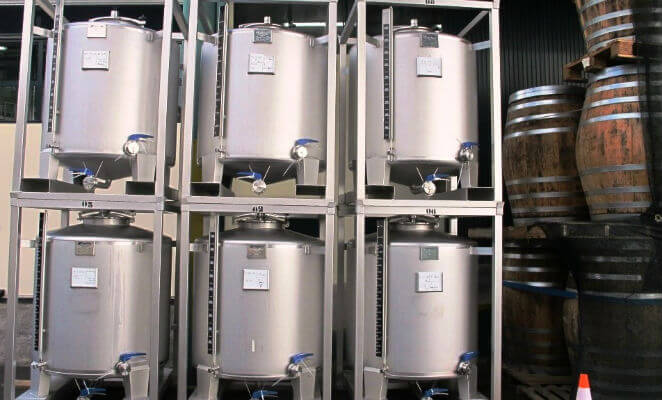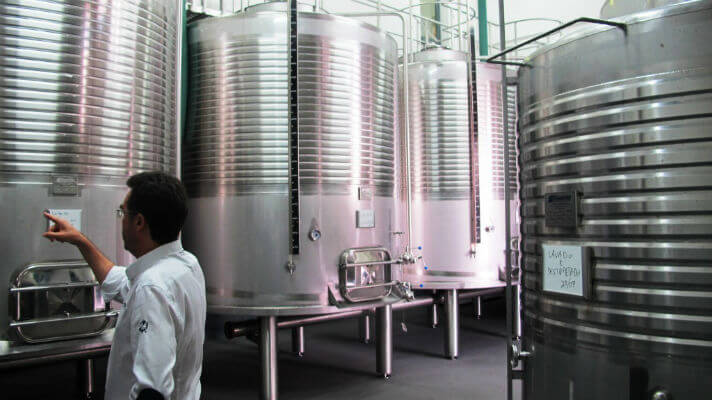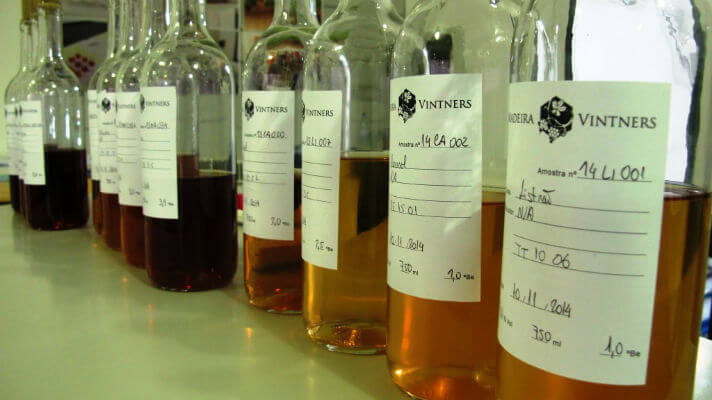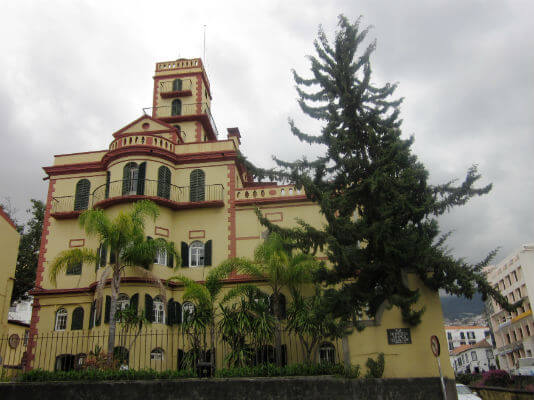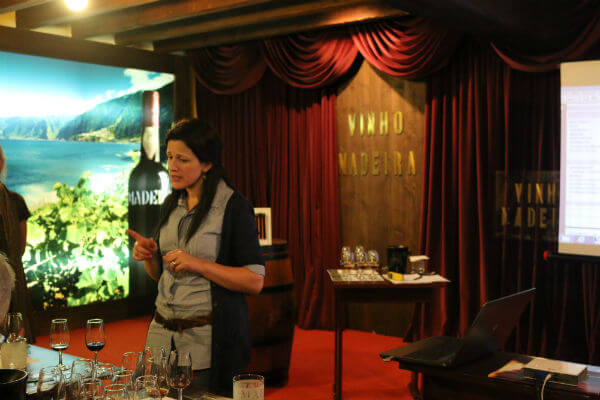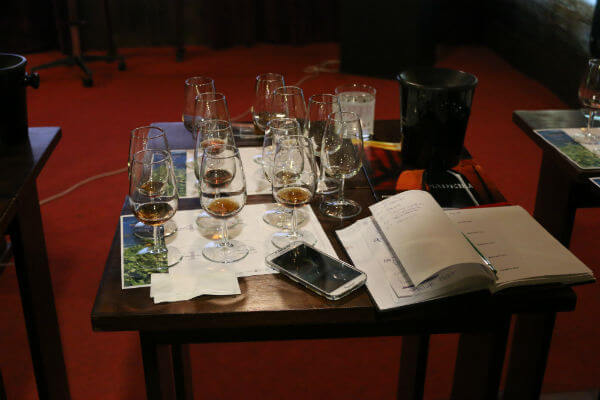Tasting the History: Frasqueira Soares Franco
Text João Pedro de Carvalho | Translation Bruno Ferreira
In the adventures and misadventures of an oenophile there are moments that mark our journey, and this is almost always because of one or more unforgettable wines. I can’t think of anything more exciting than literally come face to face with a preciousness and make way discovering its history. That’s exactly what happened to me with two rare specimens from Frasqueira de António Porto Soares Franco, whose wines are part of the Soares Franco family’s assets located in the headquarters of José Maria da Fonseca, more specifically in the Adega dos Teares Velhos. Going back to António Porto Soares Franco’s time, who at the time was a partner of the Companhia de Aguardentes da Madeira, the routes to the Madeira island opened many doors and opportunities for business, that’s where the Abudarham name comes in. Consulting the book “Madeira: The islands and their wines by Richard Mayson”, we can learn that Joseph Abudarham had dual citizenship, English and French, and that he arrived to Madeira in the first half of the XIX century. He settled there in the wine business, with access to the best that was produced at the time, but also in the cash loan business, which would later give rise to the Companhia de Seguros Aliança Madeirense. His wine business was centered on bottled wine and was sold mainly to France and Germany. After his death in 1869 the company was renamed to Viúva Abudarham & Filhos and would eventually be sold to the Madeira Wine Association, which is today the Madeira Wine Company. Now that I knew its source and its merchant, the only thing left to observe were the details in the small tape stuck to the bottle, the permanent ink on the label could barely be seen and faintly indicated 1795. After some research and exchange of data I came to conclusion that the wine in question was a Terrantez 1795 of which several bottles were auctioned some years ago. The cork came out with the strength of the blades, intact and with the brand José Maria da Fonseca, a sign that the corks are changed every x years, something that was confirmed by the producer himself.

Adega dos Teares Velhos – Photo Provided by José Maria da Fonseca | All Rights Reserved
The second bottle tells a different story, thus bringing us to the Port wine. It also boasts the Frasqueira Soares Franco name and the label only shows R.M 187X. Given the age of the two bottles time has taken its toll on the labels and with them their precious information. In the case of the Madeira they saved up the date on a paper tape, and in the Port wine’s bottle there’s something left on the back label. Later I confirmed that the initials refer to Ramiro Magalhães, a former Port wine merchant who lived in Bombarral. Ramiro Magalhães was an important man in his land and a great wine dealer that at his time would have been one of the firsts to have car and driver. On the back label we can see the missing number, thus getting the vintage’s full year, 1878, the last pre-phylloxera year. In this case there won’t be much more to say, the remaining information only references the year in question, which was considered classic Vintage year.

One of the wines tasted – Photo by João Pedro de Carvalho | All Rights Reserved
Frasqueira Soares Franco – Abudarham – Terrantez 1795: It’s amazing the ability that this wine has to perfume a whole room. As soon as it falls in the glass we get mesmerized by the shades that glow in the glass, a wine with 221 years showing the reason why even after all of the wines are served during the dinner, when the Madeira comes in it’s the king of the party. In this case the wine is breathtaking and unforgettable. First of all, a slight peak of volatility before conquering us with a warm and cozy tone of caramel, vanilla, toffee, preparing us for the next clash, a huge freshness. And it’s that same freshness that dominates us and leaves our hands attached to the glass. A WOW comes out immediately, it’s like those rollercoasters that we just want to keep on repeating. With this wine it’s the same, it’s a comes and goes of sensations, the aromas stuck in time go bouncing off the glass, there’s a slight sensation of unctuosity full of freshness, and in the background something that recalls the smell of cigar ash. The palate is another struggle, a conquest that holds us with caramel and burnt sugar, slightly rounds up to the point where we almost crack it, and then fires up in a crazy spiral of acidity with slight bitter in the aftertaste. Unforgettable.
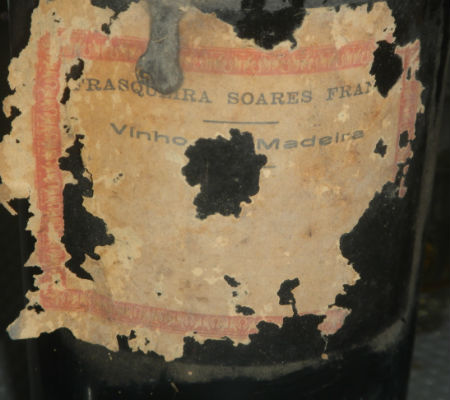
Frasqueira Soares Franco – Abudarham – Terrantez 1795 – Photo by João Pedro de Carvalho | All Rights Reserved

Frasqueira Soares Franco – Ramiro Magalhães – Vintage 1878 – Photo by João Pedro de Carvalho | All Rights Reserved
Frasqueira Soares Franco – Ramiro Magalhães – Vintage 1878: A Vintage with 138 years of life. Yes, I said life, because although the tone reminds me of an old tawny its freshness and aromatic definition are remarkable. Very precise and delicate, great elegance with aromas of sweet tobacco, fine spices, candied orange peel, raisin fruit with dates, a cozy set and slightly unctuous. On the palate comes greedy, unctuous and with good volume in the mouth, a slight of vinagrinho, it’s almost like a sweet and cool marble that tears itself on the palate until it remains only a thin, long finish. Majestic.




